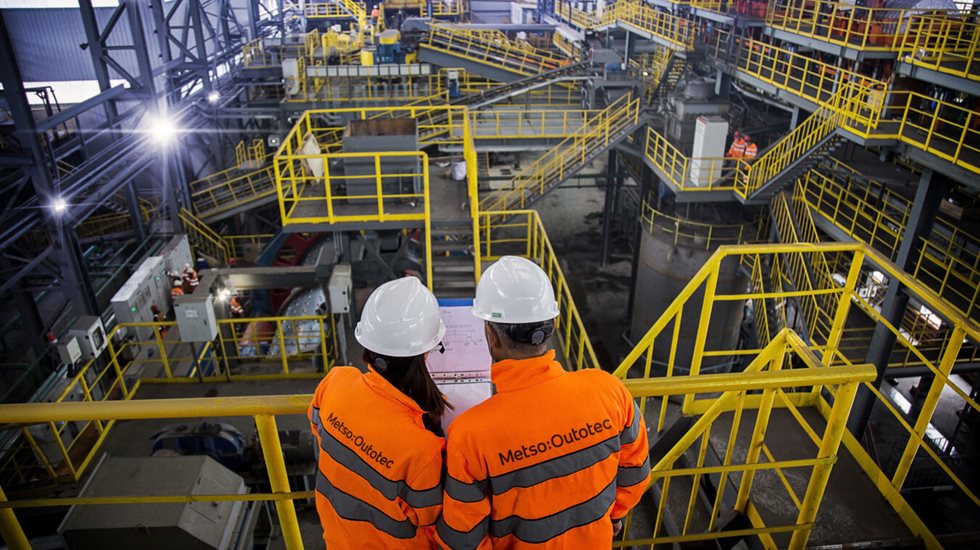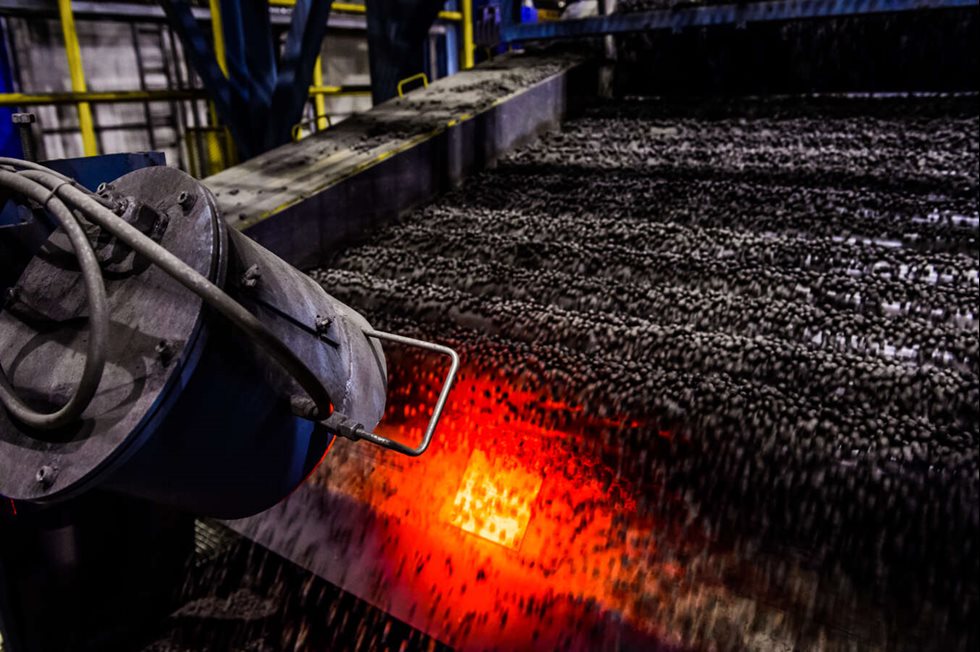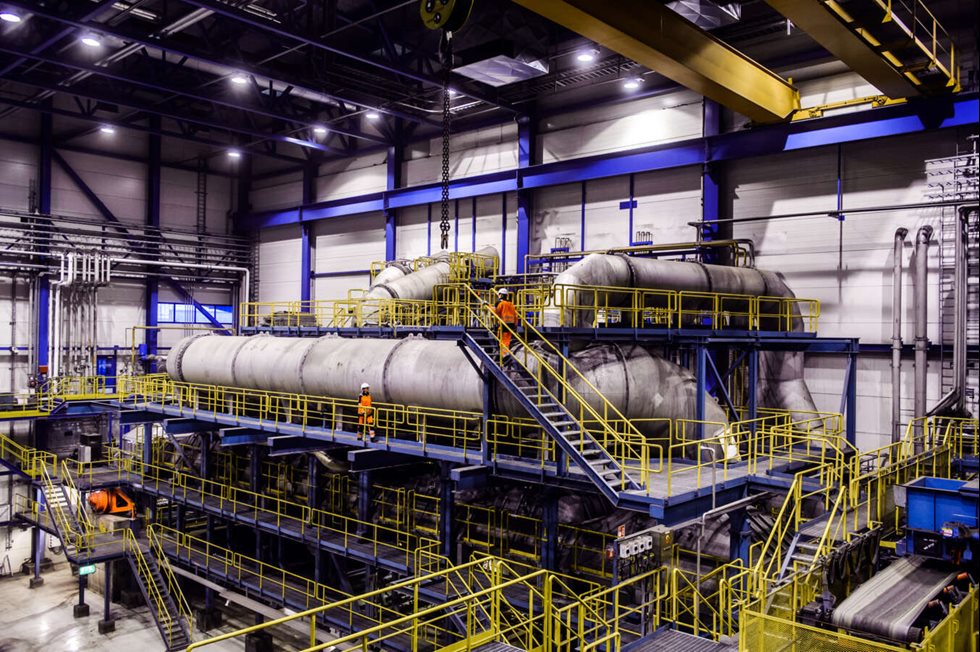Ferrochrome is one of the most important raw materials in the production of stainless steel, providing its corrosion resistance. It is estimated that 90% of it is consumed in the production of stainless steel. Producing ferrochrome from chromite ores usually requires the concentrating and agglomeration of chromite fine ore and then smelting it in a carbothermic reduction process. The smelting process to produce the alloy is conventionally done in a submerged arc furnace (SAF), which is a very energy-intensive process. Smelting consumes large amounts of carbon, which can be in the form of anthracite or metallurgical coke. Because of its high energy and carbon consumption, ferrochromium production – like other ferroalloy smelting processes – produce large amounts of greenhouse gas emissions.
“In recent years, the ferrochrome industry has done a lot of work to improve their energy efficiency and reduce CO2 emissions. In practice, this means minimizing the amount of carbon, capturing and reusing it, and minimizing energy consumption. A preheating unit and CO gas capture, allowing the reuse of gas as an energy source, are the two most important process elements in improving energy efficiency. The most obvious way to further reduce the CO2 emissions is to use clean energy,” says Joseph Hamuyuni, Metallurgist, Smelting at Metso Outotec.


